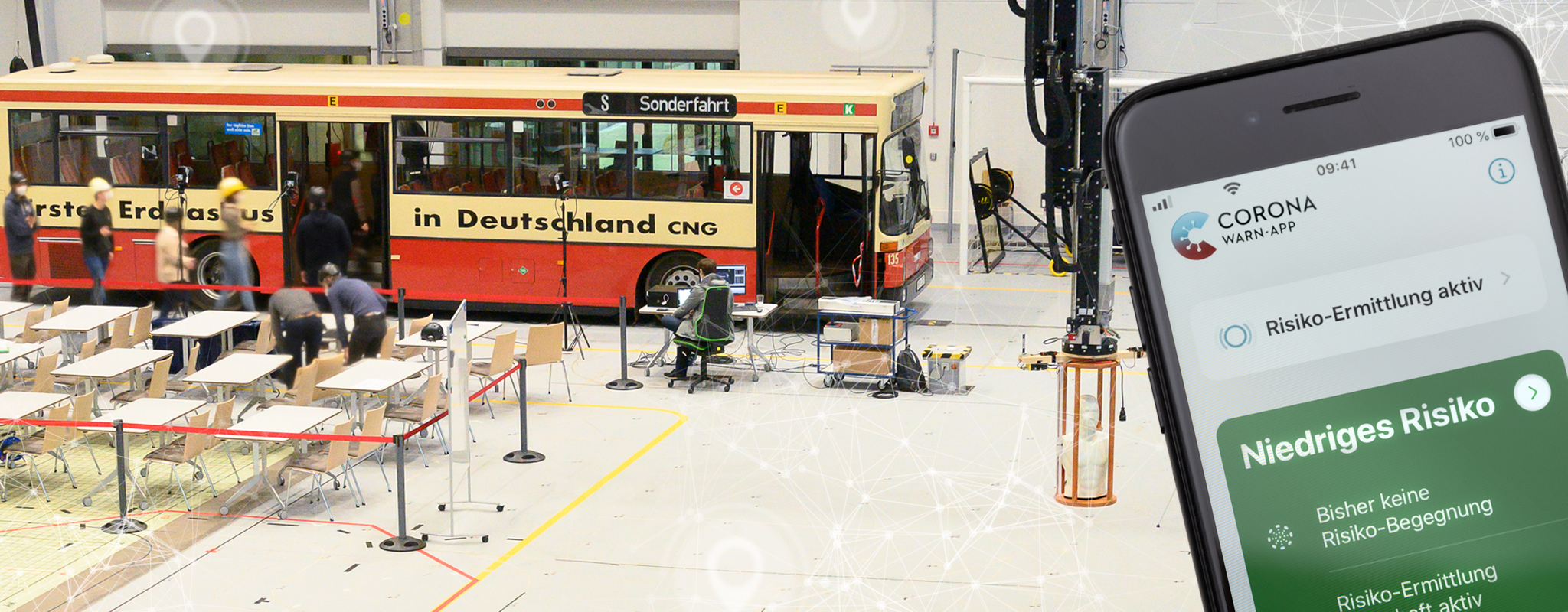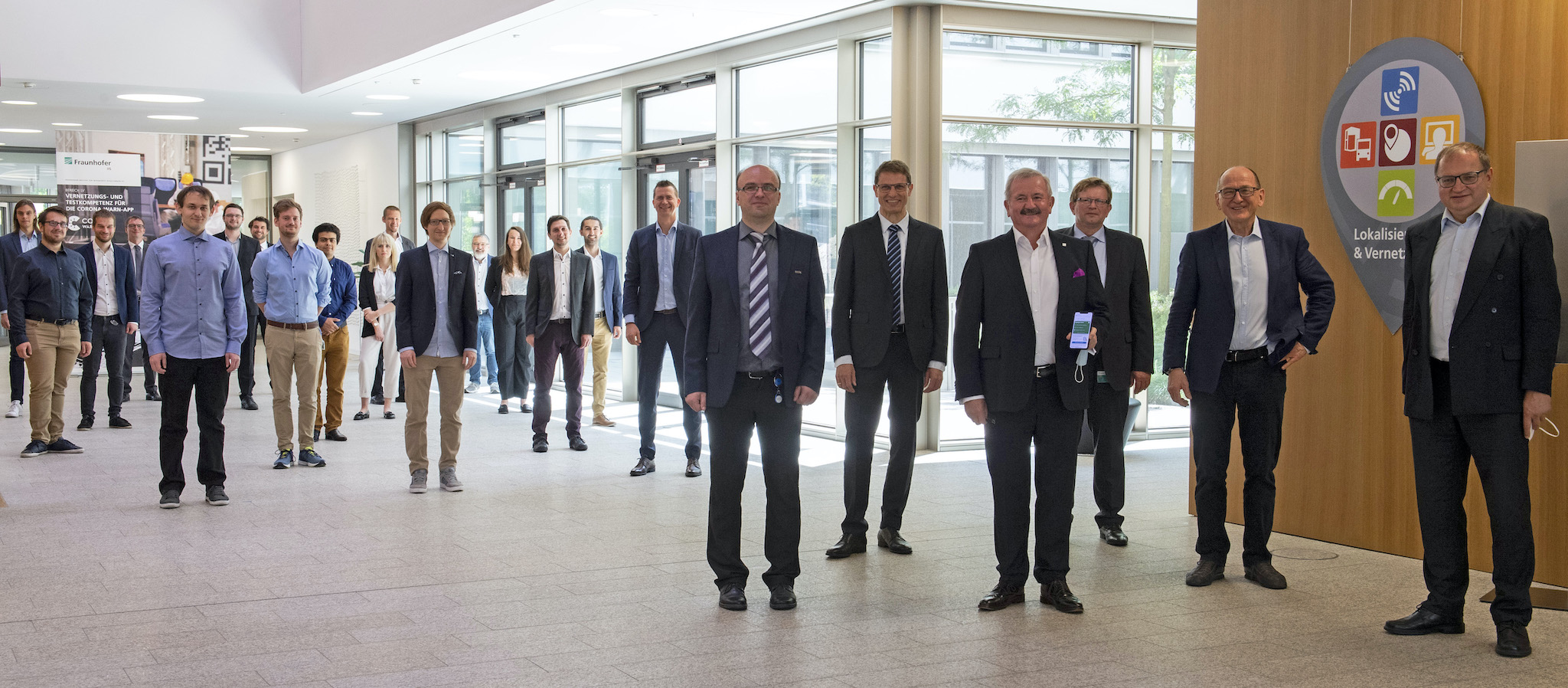COVID-19 has brought about some big changes. And that includes the speed at which we conducted the research that enabled us, together with T-Systems and SAP and on behalf of the Robert Koch Institute (RKI), to unveil a functional app in June 2020. We worked with our usual tenacity and perseverance, and didn’t let the intense debate about data protection and availability hold back the pace of innovation: by the end of 2020, Germany’s Corona-Warn-App had been downloaded over 24 million times; when it comes to data protection, the app is as secure as it gets.
Since early March 2020, our Fraunhofer expert group has been demonstrating just how quickly an idea and a promising solution can unfold in the face of a challenge. Steffen Meyer, who manages the Corona-Warn-App project at Fraunhofer IIS, and his team have been heavily involved in the provision of the app’s Google/Apple exposure notification interface and in testing the technology. They have also been continuously adapting and updating the interface on the basis of expert advice and know-how gained from their research and development activities in the field of proximity detection for wireless technology, such as Bluetooth and WLAN. The interface makes it possible to determine the length and proximity of a contact. We discussed all this in an interview with Meyer.


